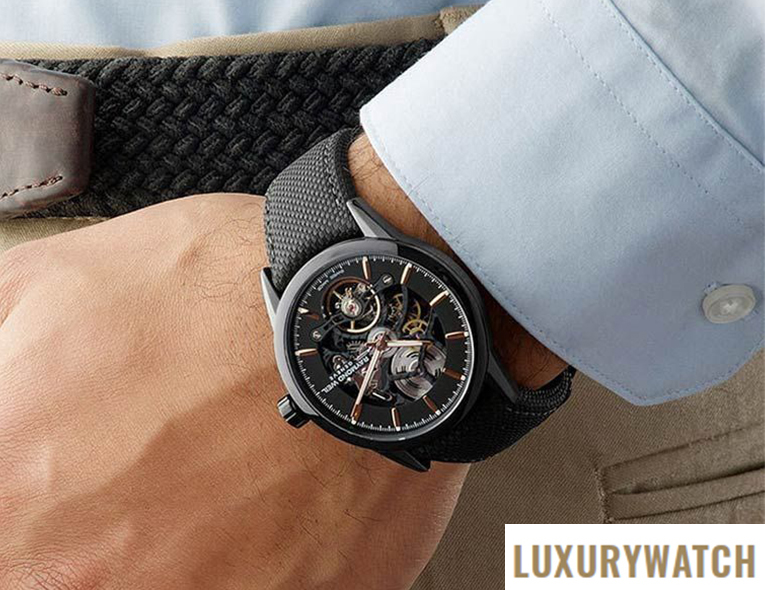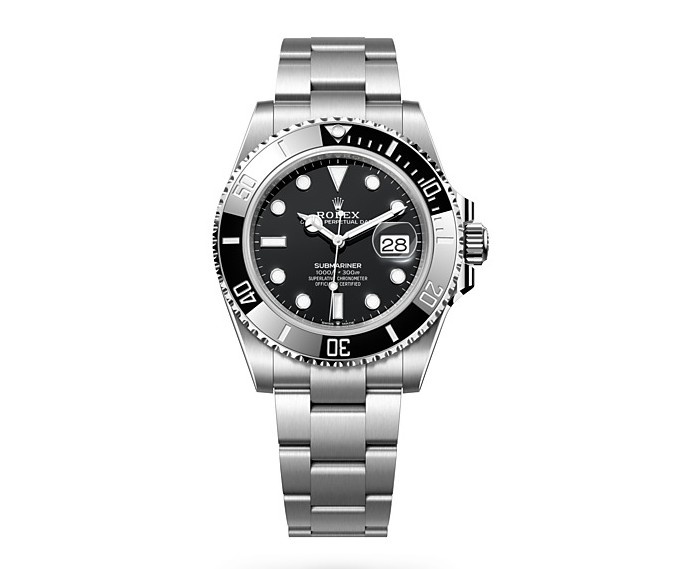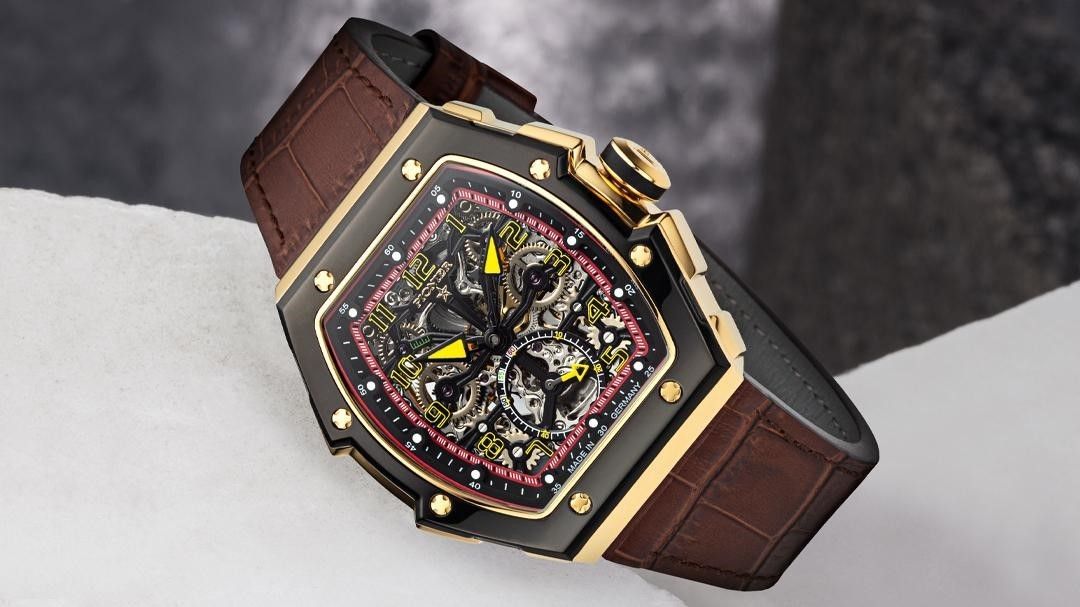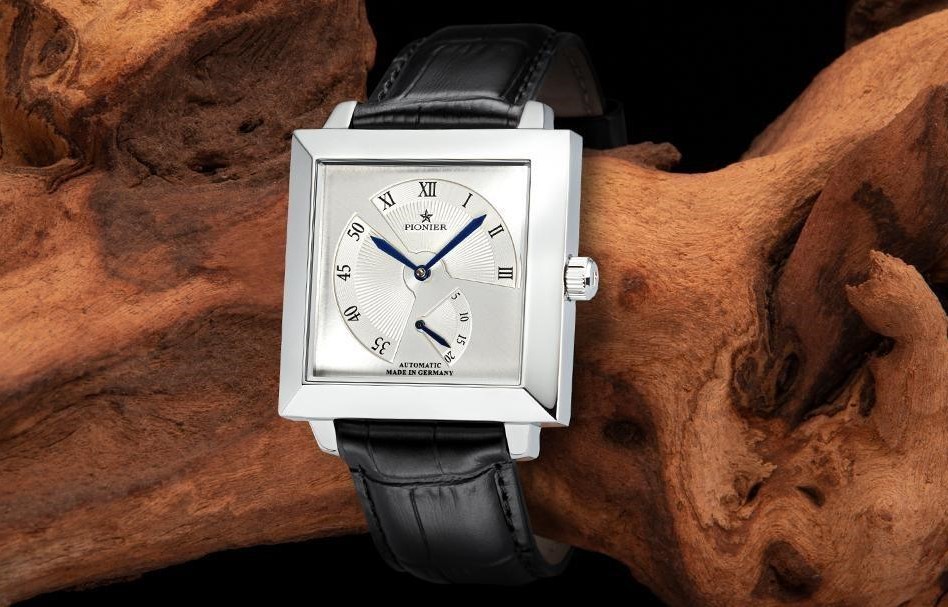
The Evolution of Skeleton Watches
Skeletonizing a watch is the perfect way to appreciate the beauty of a watch’s movement. One type can create a caliber that features an openworked architecture. In these models, the lines and structures are an important aspect of the design. The second type of skeleton watches work on the existing movement, and the watchmaker carves openings. This design is complicated since it needs to work with an existing model.
No matter the type of skeleton watches, these elegant timepieces have established themselves in the watchmaking market. But what is their history, and how did they evolve across the years? Here’s the history behind the skeleton watch.
It Started in the 1760s
Skeleton watches were first introduced during the 1760s when Jean-Antoine Lépine, a French watchmaker, wanted to make pocket watches thinner. He did not have access to the basic framework of plates and bridges, but his father-in-law André-Charles Caron suggested revealing the internal mechanism of watches to gain buyer interest. However, these watches did not catch on until much later.
The 1980s Saw the Rise of Some Notable Watchmakers
Eventually, these bare models, which feature diligent craftsmanship and a grandiose style, became a luxury product. However, this meant that the industry needed skilled workers, which was extremely rare. This was when Armin Strom revolutionized the market with his skeletonized watch at Baselworld in 1984. During this period, Jochen Benzinger also customized watches from other brands and designed his own skeleton watches.
Why Did Skeleton Watches Become Popular?
Skeleton watches appeal to those who appreciate the fine craftsmanship and like seeing the interworkings on their timepieces. Although they are bare-bones models, the interworkings of the watches are complex and intriguing. There is also a wide range of skeleton watches currently available on the market that suits every style and price range.
Watches can never do away with tradition, and skeleton watches are the perfect example of this trend. If you want a modern wristwatch without a dial, then you should give Tufina Watches a try. This German brand offers you premium-quality skeleton timepieces at the most reasonable prices, making them great pieces for your watch collection!



